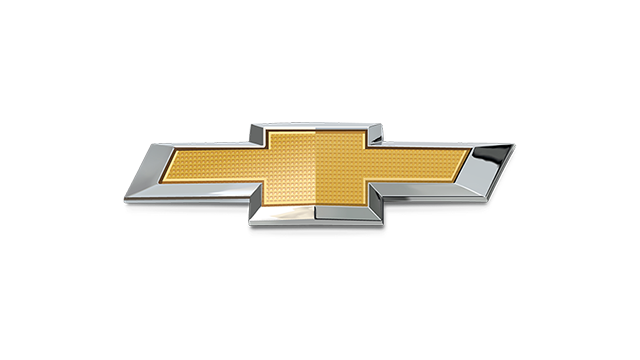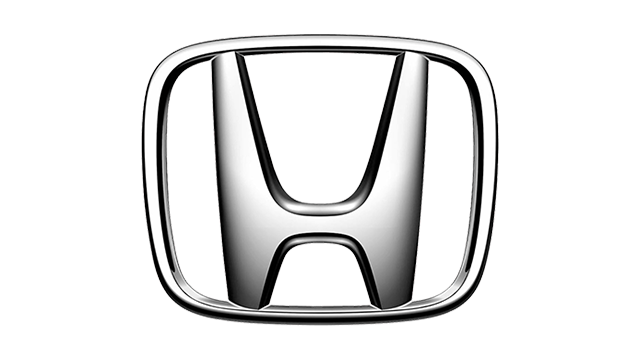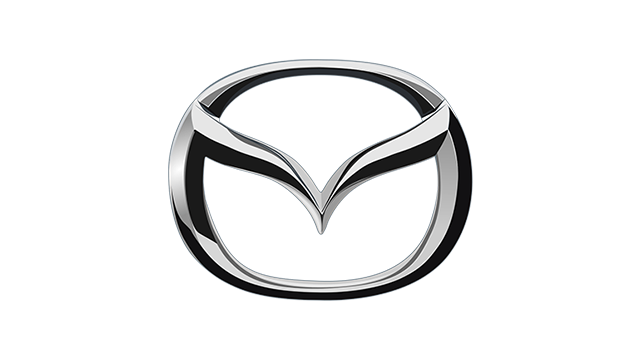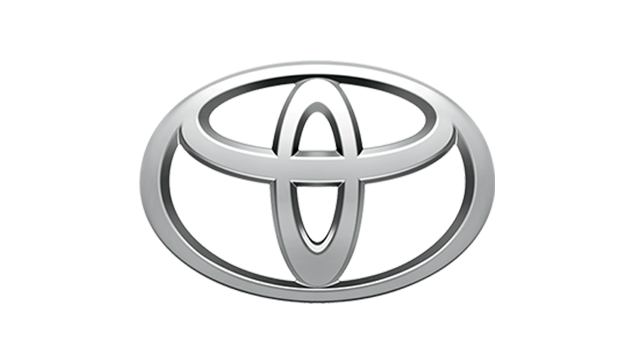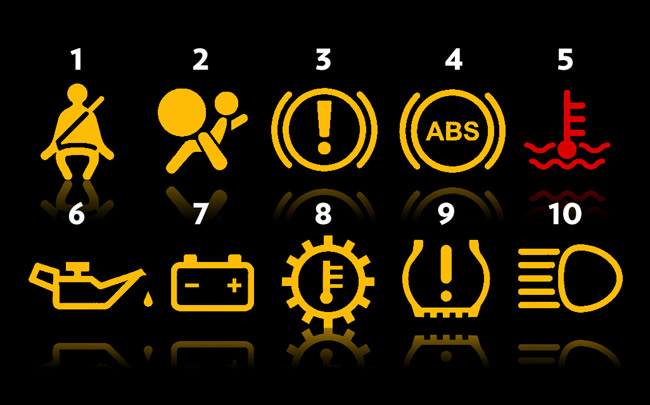
Getting into your car and putting the key in the ignition, you are greeted by a collection of warning lights, right before the engine starts. While most of these are nothing to worry about, the lights that stay on after you've started the engine are. Here are a few of the more important ones and what they mean.
1. Seatbelt indicator. This one is easy. This indicates that the driver is not wearing the seatbelt. On newer vehicles, weight sensors in the seat tell the car if someone is sitting there, and warnings will appear for passengers, too. If the driver or passengers remain unbelted, a warning chime will sound. Don't ignore it. Studies show that seatbelt use reduces the chance of injury in a crash by 50%. Worse yet, being hit by an airbag without your seatbelt on can be fatal.
2. Airbag indicator. This signals a malfunction with the airbags or airbag sensor. This means that they may not go off in a crash. On some cars, there's also a Passenger Airbag Off light that means the car has detected a small person in the front seat and has deactivated the front passenger airbag. This ensures that the (presumably short) front passenger doesn't suffocate or suffer a broken neck when the airbag goes off.
3. Brake indicator. This signals several things: (a) Your parking brake is engaged, so disengage it; (b) the parking brake sensor is out of alignment, so have it fixed; (c) the brake fluid level is low; or (d) the hydraulic pressure between the two braking circuits are mismatched. The last two are potentially dangerous, and could mean a possible fluid leak, as well as reduced or even completely absent braking performance. Don't wait for the light to go off; check your fluid every morning before you go out, because sometimes the warning light comes on too late. Some newer cars also have a Brake Pad Warning Light that goes off if the pads need to be replaced.
4. ABS indicator. Some cars have a separate ABS light that signals a problem with the ABS system. If this goes off, that means that the Antilock Braking System has malfunctioned, and the brakes may lock up under hard braking. Bring the car in for servicing immediately.
5. Temperature warning. Some older cars with temperature gauges merely have a red light, but many modern cars have this symbol. This indicates that your engine is overheating or is about to overheat. Best to pull over immediately to cool down, to avoid potentially expensive engine repair bills.
6. Oil level/pressure warning. There's no genie in this lamp. Just the magic slippery stuff that keeps your engine lubricated. This typically signals your oil level is low by about two liters. No lasting damage should occur if you top off the oil the moment you see this warning. But if you ignore it, your motor could end up looking like a frying pan that's been left on the burner for a few hours. Not a pretty sight. And a new engine is much more expensive than a new frying pan.
7. Electrical system warning. This one looks like a battery, which means battery problems. It could also mean alternator problems, so simply buying a new battery may not be enough. Thankfully, many shops can test the alternator's charging capacity when you go in for a battery replacement.
8. Transmission warning light. This comes in many different forms, and can indicate a malfunction with the transmission itself, the gearshift, or transmission fluid overheating. You most often see this on trucks when you're hauling heavy loads, or in high-performance cars with automatic transmissions if you drive them a little too hard. Needless to say, pulling over to let the transmission cool down is a good idea.
9. Tire pressure monitoring system. This indicates either an issue with the TPMS itself or low pressure in one of your tires. Check immediately. Low pressures carry increased risk of a blowout on the highway due to tire overheating. Not to mention the danger of hydroplaning in the rain, as wider tires slide over the water more easily than narrower ones.
10. High beam indicator. While not a warning light per se, this bright icon represents a big danger to other motorists, and is one of the most ignored indicators in the Philippines. Leaving your high beams on will blind other motorists and can lead to nasty accidents. Remember to turn them off when there's oncoming traffic or when driving behind another car. You don't need to see the road 2km ahead when you can simply follow the other guy ahead of you.
You don't need to be a "car whisperer" to know something's wrong when your dashboard lights up like a Christmas tree. But knowing what these lights denote can mean the difference between a quick fix and a long walk home.
Artwork by Raynand Olarte


